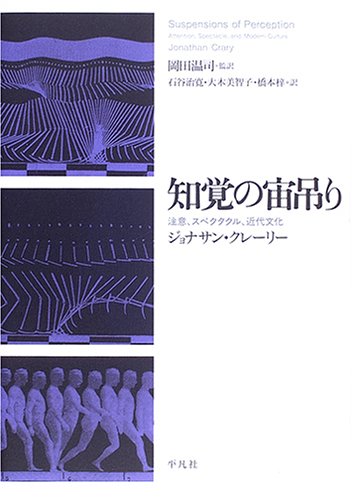3 0 0 0 分散型芸術資源アーカイブの理論と実装
本研究は、芸術のデジタル・アーカイブに関して、さまざまな特定の機関や部局が全データを統御する集中管理型モデルではなく、各大学や機関・専攻等の個々のエージェントが資料を個々に管理しながら、そこで生成される芸術資源を横断的に活用しうるような「分散型芸術資源アーカイブ」の可能性を探究するものである。具体的には、理論的・技術的検討をもとに、ブロックチェーン技術を活用した分散型芸術資源アーカイブの実装と検証実験と、アーカイブの持続的成長に必要な人的・組織的なエコシステムに関する実践的検討を行うことによって、諸機関の独立性を維持しつつ成長する、来るべき芸術資源アーカイブの可能性を展望する。
- 著者
- 石谷 治寛
- 出版者
- 美学会
- 雑誌
- 美学 (ISSN:05200962)
- 巻号頁・発行日
- vol.60, no.1, pp.58-71, 2009-06-30 (Released:2017-05-22)
The two major artists, Camille Pissarro and Henry Van de Velde, participated in and discussed the Arts Nouveau exhibition held in 1895. Afterward Pissarro said, 'Le travail est un merveilleux regulateur de sante morale et physique', and Van der Velde praised the new style of arts of the engineers in view of 'l'ornamentation lineaire et dynamographique'. This paper examines the aesthetic of the arts and crafts through their expressions and the discourses of the sciences of work in the late nineteenth century. The science of work in this period consists in the idea of the time; the new experimental instruments examined and visualized the temporality of the effort and the fatigue during the movement of body and the perception. In this discovery of newly embodied time, the sense of the agreeable and the disagreeable replaced in the rhythm of the body and mind, and then the psychologists (Etienne-Jules Marey, Charles Fere and Jean-Gabriel Tarde) and aesthetician (Jean-Marie Guyau) were concerned in the problem of the neurasthenia and the economy of effort. Also the new practices of artists interweaved with the concepts of this rhythm of body.
- 著者
- 石谷 治寛
- 出版者
- 美学会
- 雑誌
- 美学 (ISSN:05200962)
- 巻号頁・発行日
- vol.59, no.2, pp.138, 2008-12-31 (Released:2017-05-22)
1 0 0 0 IR トラウマの美学と芸術実践のマトリクス (篠原資明教授定年退職記念論集)
- 著者
- 石谷 治寛
- 出版者
- あいだ哲学会(京都大学大学院人間・環境学研究科篠原資明研究室)
- 雑誌
- あいだ/生成 (ISSN:21859515)
- 巻号頁・発行日
- no.6, pp.28-40, 2016
1 0 0 0 知覚の宙吊り : 注意、スペクタクル、近代文化
- 著者
- ジョナサン・クレーリー著 石谷治寛 大木美智子 橋本梓訳
- 出版者
- 平凡社
- 巻号頁・発行日
- 2005

